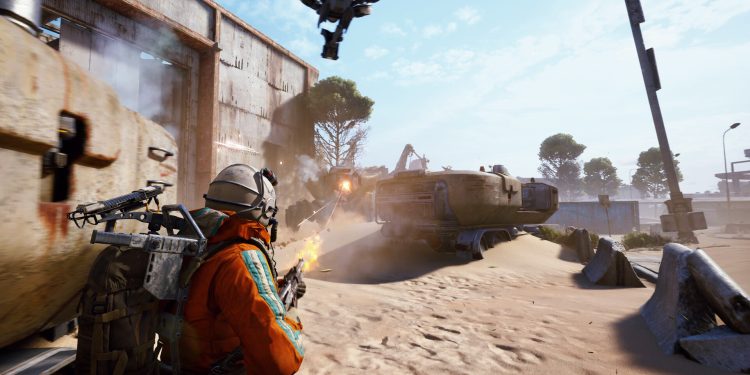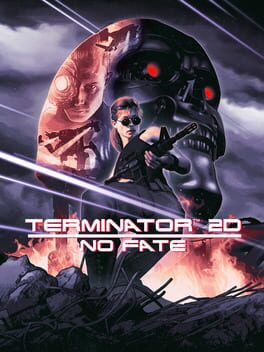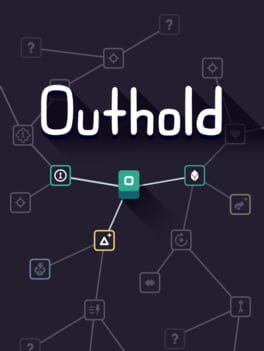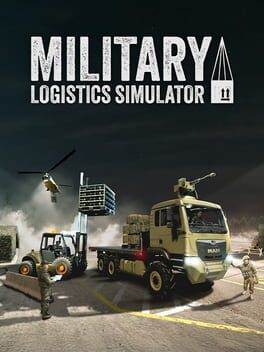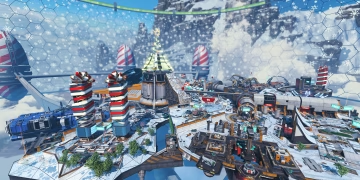Arc Raiders launched with an AI generated content disclosure on its Steam page, and the notice has opened a small, confusing debate about what the studio actually used during development. The disclosure says Embark Studios used “procedural- and AI-based tools to assist with content creation,” adding that the final product is the team’s work. That sentence is tidy; what follows in interviews and follow-ups is not.
Part of the mess is definitional. If you think of generative AI only as ChatGPT-style models trained on vast internet content, then Arc Raiders’ Steam disclosure feels innocuous. But the studio has discussed a handful of tools that sit in a grey area: machine learning pipelines that animate robots, research projects that can create 3D models from video, and text-to-speech that may be built from voice data.
There are practical consequences, not just philosophical ones. Voice actors fought a long strike over how their work can be copied or replicated; the resulting contracts limited one-time payment options for digital replicas and require comparable compensation when performers consent to a digital replica. Embark’s disclosure says voice tech was used to avoid having actors re-record small lines every time, which reads like a real cost and scheduling win, and like the sort of work other people in the industry worry will shrink repeat gigs.
Embark’s leadership has been candid about using automation to move faster. Patrick Söderlund described experimenting with procedural generation and machine learning pipelines as part of a push to change how the studio builds and updates games. At the same time, the studio and its execs have been careful to say that some items are research-only and not used in the released game. That split, research versus production, is the key source of confusion.
For example, a reported tool that could make a 3D model from a YouTube clip was described as research and not part of Arc Raiders today. Separate comments about machine learning helping animate robots sound less like generative art and more like more innovative pipelines for motion, but both raise the same tension: tools that free human teams from tedious repetition can also remove paid, skilled work.
That tension is playing out while Embark pushes a lean, rapid-update approach. The studio wants to move faster than traditional pipelines, citing a goal to scale content output dramatically, it argues that bespoke tools and automation let a smaller team compete with much larger live-service operations. It’s a defensible position when layoffs and smaller teams are common across the industry, but the trade-offs are real.
We have covered Embark’s recent shifts in design and business approach before, including its move to PvPvE; read our piece on that change to see how the studio is thinking about live content and player-facing systems.
The broader debate is legal, ethical, and practical. If a game studio trains models on actor performances or on other copyrighted work, what counts as acceptable consent and compensation? If a tool merely speeds up animation or level generation, is that clearly distinct from a generative model producing novel, derivative assets? Developers, unions, and creators are still hashing out those lines.
For now, ambiguity is the dominant feature: the studio’s public statements, clarifying comments, and research disclaimers sit next to an active game with a disclosure on Steam. Players will notice the end result, while creators keep asking where the boundaries lie between a helpful machine learning tool and true generative AI that stands in for human talent.
Watch the Arc Raiders launch trailer:
Follow the conversation and tell us what you think, or drop a comment and follow our socials on X, Bluesky, YouTube

